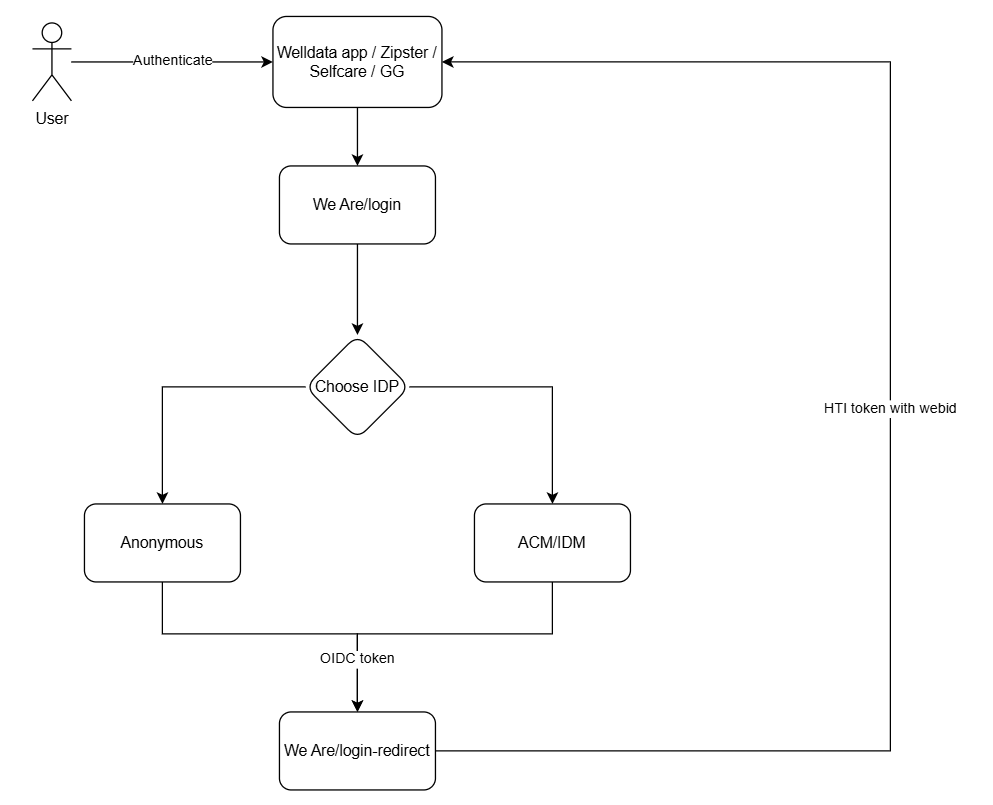
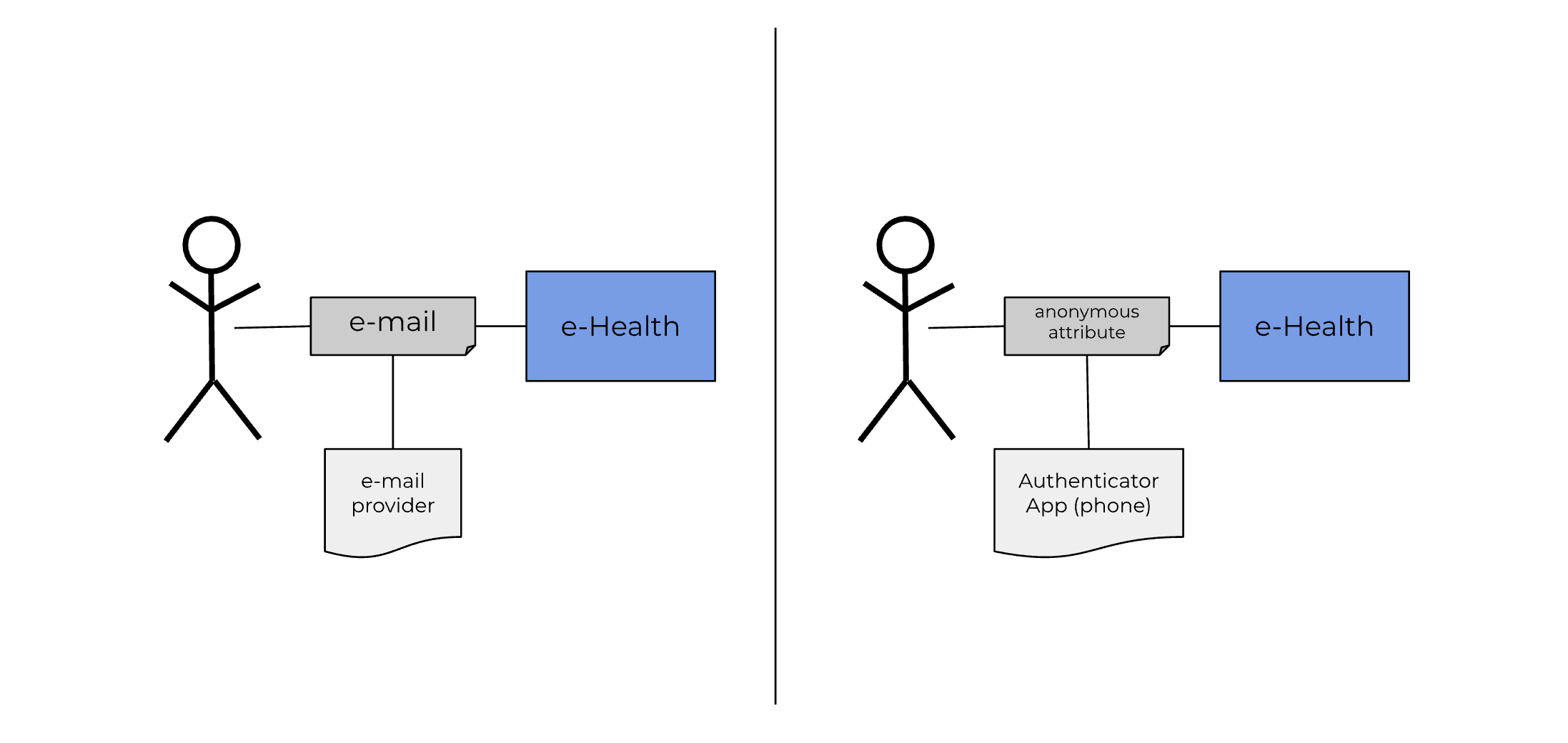
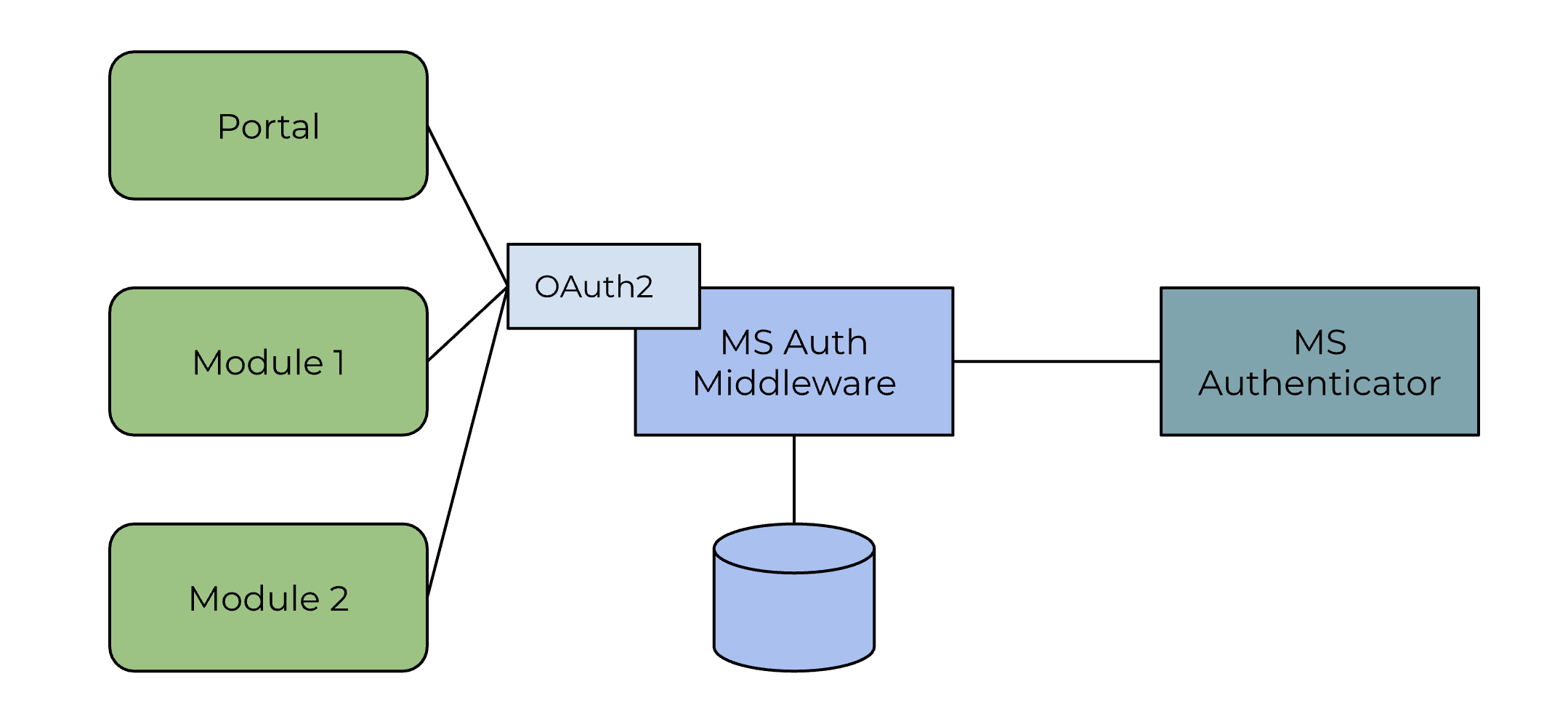
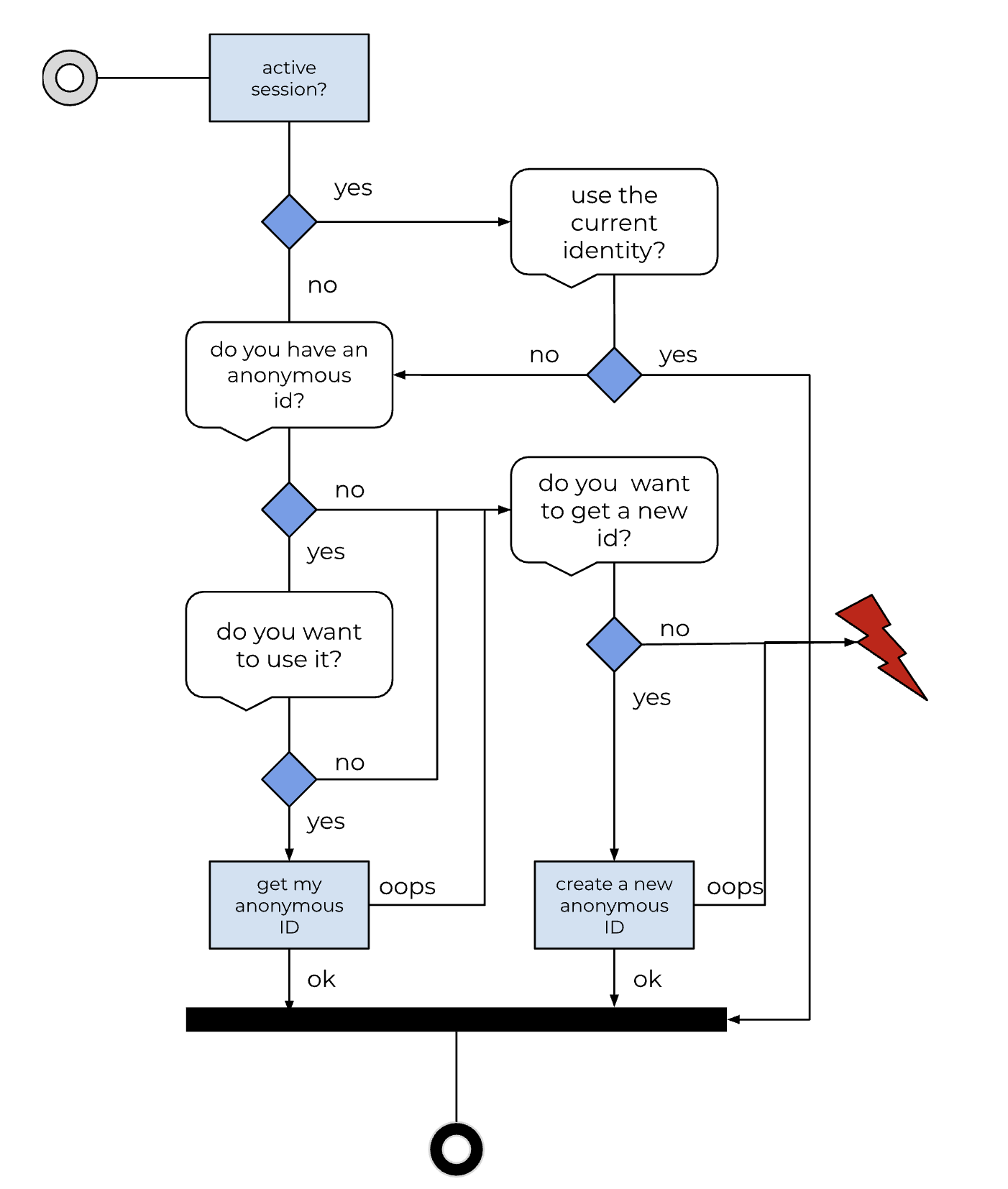

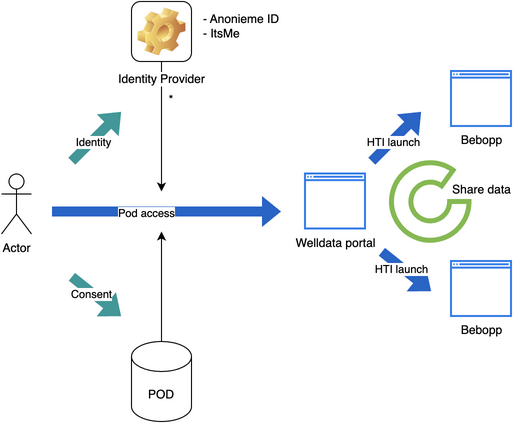
This fragment is not visible to the reader
This publication includes IP covered under the following statements.
| Type | Reference | Content |
|---|---|---|
| web | www.gidsopenstandaarden.org |
IG © 2024+ gidsopenstandaarden
. Package fhir.gidsopenstandaarden.welldata#0.1.0 based on FHIR 4.0.1
. Generated 2025-10-21
Links: Table of Contents | QA Report |
| web | vitoresearch.sharepoint.com | More information can be found in the sharepoint excel: Appendix 3. Alignering basis-set met parameters in project applicaties |
| web | mkjwk.org |
Gebruik bijv. mkjwk.org
of een tool als jose
om dit JSON formaat te genereren.
|
| web | www.oauth.com | From the portal and module perspective, the middleware is integrated with an OAuth2 Authorization Code Flow . |
| web | solidproject.org | Authentication of the users in Welldata is based on the SOLID-OIDC specification. It defines how owners of the pods need to authenticate towards an IDP and how resource servers can verify the identity of pod owners based on that authentication. The SOLID-OIDC flow is described in detail here |
| web | openid.net | The SOLID-OIDC flow is based on the OIDC flow . |
| web | docs.inrupt.com | In order to access the resource in the pod, the client needs to exchange it's token for yet another token by calling the UMA service of Inrupt . |
| web | github.com | For launching between applications, the welldata project makes use of HTI 2.0. Please refer to the HTI 2.0 spec for details. |
| web | openid.net |
The public key discovery
must work with OpenID Connect Discovery 1.0
, in the sens that the aud
and iss
must be discoverable with .well-known/openid-configuration
with a valid jwks_uri
endpoint.
|
| web | wiki.ihe.net | Atna standaard |
| web | docs.inrupt.com | An access request is a verifiable credentials where the request for access is captured of an application with a webId to a specific resource of a pod owner. |
| web | docs.inrupt.com |
The call to create an access request is done by the application with the access token, it received from the We Are IDP, as Authorization: Bearer
header, to the \issue
endpoint of the Inrupt VC service
.
|
| web | docs.kantarainitiative.org |
A resource can be fetched from the pod by providing an access token in the Authorization Bearer
header. The client application has an access grant for access the resource. This access grant needs to be transformed in an access token. This is done via the UMA
flow by calling the UMA service endpoint
of Inrupt.
|
| web | docs.inrupt.com |
A resource can be fetched from the pod by providing an access token in the Authorization Bearer
header. The client application has an access grant for access the resource. This access grant needs to be transformed in an access token. This is done via the UMA
flow by calling the UMA service endpoint
of Inrupt.
|
| web | nuts.nl | The WellData project leverages the NUTS network as the foundation for trust management between all participants in the research data ecosystem. NUTS is an open-source trust network that facilitates secure data exchange in healthcare while maintaining user privacy and sovereignty. |
| web | github.com | In the We Are Demo backend application the client credentials flow is automatically executed and uses the following environment variables: |
| web | openid.net |
The application should have endpoints according to
the OpenID Connect Discovery 1.0
specification.
|
| web | en.wikipedia.org | The timestamps follow the UNIX time convention, being the number of seconds since the epoch. |
| web | github.com | We already provided an implementation which make all the underlying steps transparant for the developer. This can be viewed in the We Are Demo Backend pod endpoints section. |
| web | solidproject.org | The OIDC/SOLID-OIDC specification defines how owners of the pods need to authenticate towards an IDP and how resource servers can verify the identity of pod owners based on that authentication. The SOLID-OIDC flow is described in detail here |
| web | github.com | Starting an authentication flow from the frontend application is explained in the Authentication part of the front end demo application, which can be found here . |
| web | github.com |
This angular front end app will then redirect the user to login
endpoint of the We Are Backend application
. In order to successfully start the login flow, the right environment variables need to be set on the backend application:
|
HTI-flow.png 
|
anon-login-comp.png 
|
anon-login-overview.png 
|
anon-login-workflow.png 
|
tree-filter.png 
|
welldata-overview.png 
|